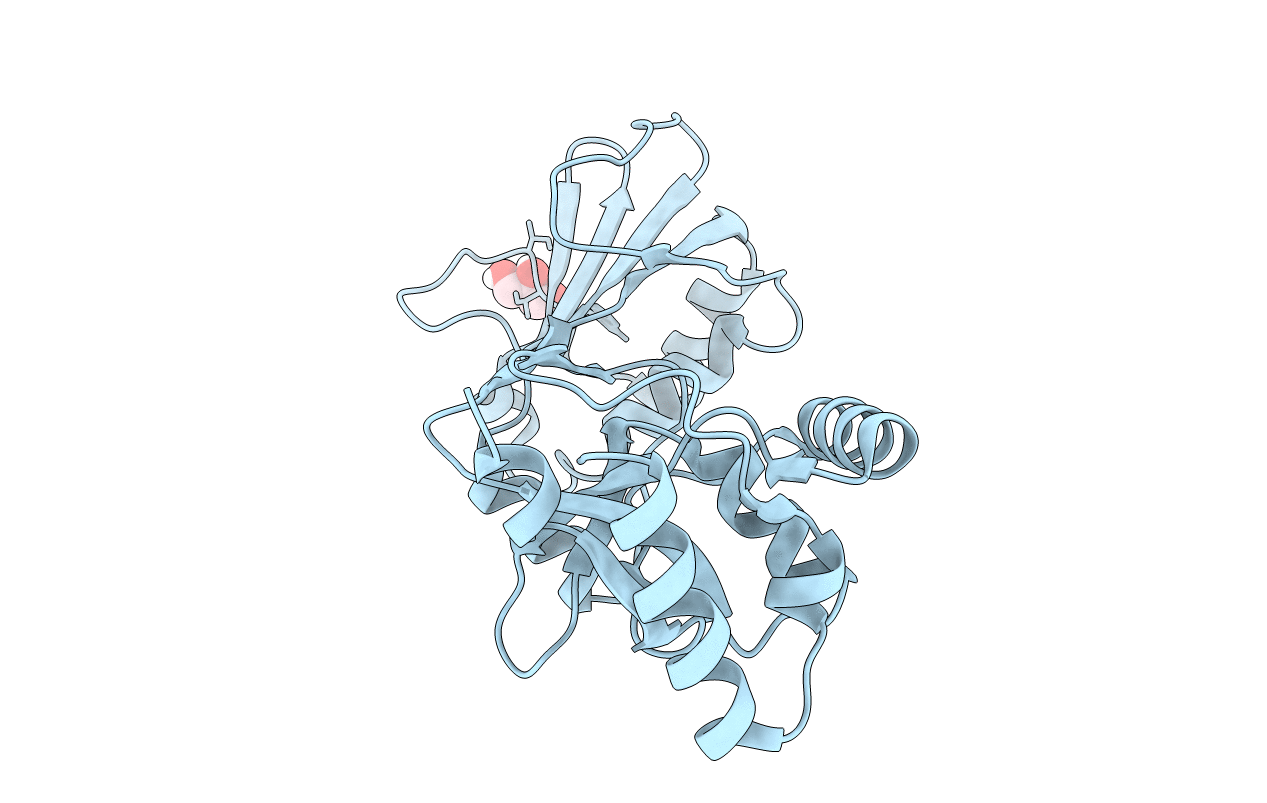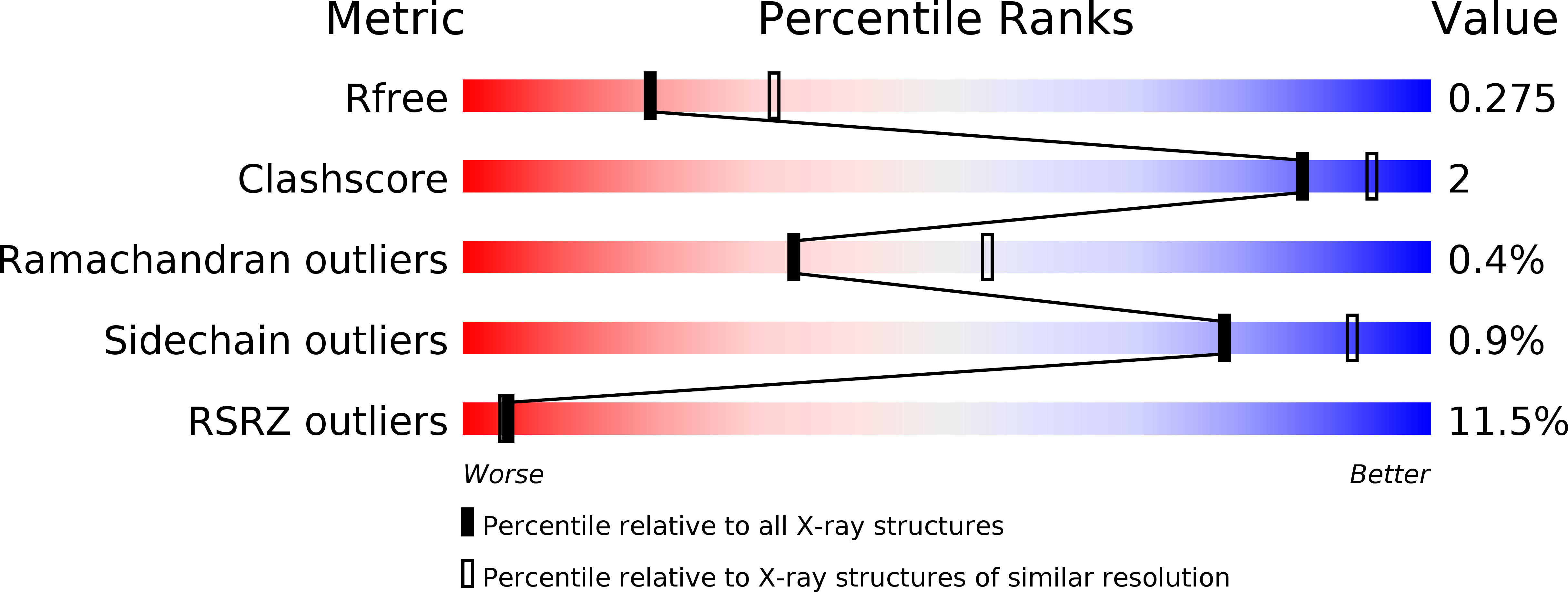
Deposition Date
2017-01-17
Release Date
2018-01-24
Last Version Date
2024-10-23
Entry Detail
PDB ID:
5UJE
Keywords:
Title:
SbnI with C-terminal truncation from Staphylococcus aureus
Biological Source:
Source Organism:
Staphylococcus aureus (Taxon ID: 426430)
Host Organism:
Method Details:
Experimental Method:
Resolution:
2.50 Å
R-Value Free:
0.27
R-Value Work:
0.25
R-Value Observed:
0.25
Space Group:
P 31


